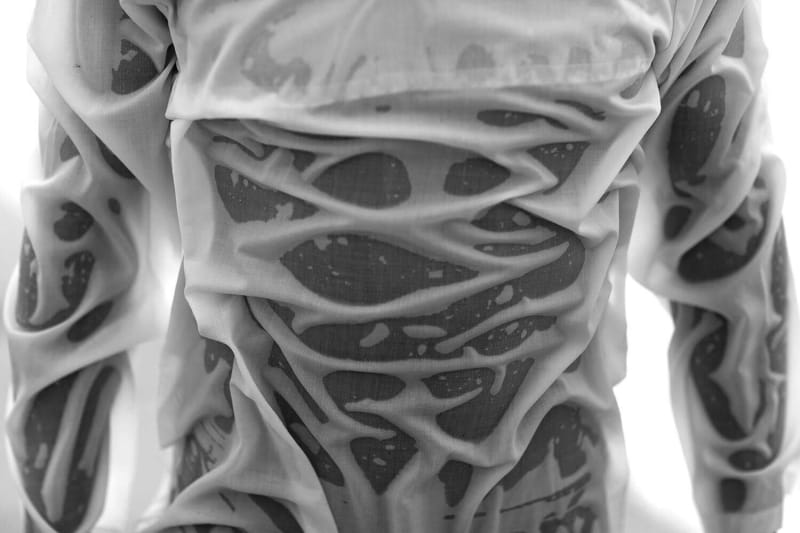Ca’ del Duca 3052, Corte del Duca Sforza
San Marco, 30124, Venezia, Italy
Tue – Sat 10am – 6pm
Behind the Lens showcases the world seen by three different photographers and styles.
DOCUMENTARY PHOTOGRAPHY
About the style: Manual pictures that form a photo story come under this style. It is about a particular subject or a story that a photographer wants to highlight. They are all objective pictures and can be about a war, social issues, science and so on. When you are chronicling significant events, for instance, the life of a celebrity or a sportsman, plan to spend some time with the person; chat; listen and capture what comes naturally. Try and capture details and let your pictures tell a story. Do not try to shoot something that is not a part of his or her life.
Mario Macilau, Documentary Photographer
Mário Macilau’s photography documents the living and working conditions of socially isolated or marginalised groups living in rural or peri-urban areas of East Africa, with a focus on the negative socio-economic effects of migrant labour and foreign investment in developing countries. His images seek to represent the complex reality of the globalised labour market, communicating what Macilau describes as his “experience [of] human greed, seeing the weakest generate the wealth of the strongest, with human misery as their unique compensation”.
Artist Statement: "I consider my photographic practice to be a visual investigation, taking a critical view on identity, political issues, and environmental conditions. These three broad themes come into focus through their impact on socially isolated groups, groups who need to retrieve their voices and to cast light on these issues as they affect their own particular experience.
I attempt to explore the way in which conditions of labour, cultural heritage and the environment alter over time. I have always concerned myself specifically with how these conditions are articulated through the environment in which people live, and the relationship that people have to that environment. How do humans sustain themselves and adapt to shifting environments, when their labor, their lives, and by extension, their relationships to one another are all affected by that environment. This results in short-, and at times long-, term projects to present the ongoing positions facing these communities.
My work is also a personal documentary. I prefer long-term projects that require commitment and trust, which leads to a better understanding of these conditions, and to seeing the beauty that resides in the hearts of the people. I have come from the same culture and the same reality, between the agony and joy of life, and this is how and why I can access those stories.
Portraiture has an intimacy to it that, for my work, is key to unlocking a broader perspective in the viewer, or a narrative. In addition, I often include my own everyday experiences and observations in my work, experiences I have as a human being, a witness, a person from a particular reality that interacts with other people from their unique realities.
I consider these everyday interactions as my lifelong research, and they are also how I come across new threads of interest. Photography is my language, the way I can react and contribute to sensitive subjects, or those hidden from us. In all my work I try give dignity to the people who I photograph, to give them that dignity and also to create positive change to their lives through the messages in the photographs.
Monochrome analogue photography is my preferred choice because, for me, black-and- white allows composition, light, shadow, texture and tonal qualities of the image to come across more powerfully and obviously than when colour is present. In addition I believe that my black-and-white portraits have an entirely different impact than if they were in colour because, through this attention to formal detail, we are also allowed to see the subjects themselves with less distractions. I feel we can get a better sense of emotion, and we can understand the subject as an individual. I find colour photography more dramatic and with its own set of strengths, but once you cover a compelling subject in colour the viewers become interested in those colours, more so than the person depicted.
In my work I purposefully exploit depth of field, and natural light. The permanency of darkness often comes across, as I shoot early in the morning, or at night where darkness can be outside or inside. I do this to bring a poetic factor to my work, which allows the viewer easier access to that broader perspective or narrative. I do this so that the way you see the person photographed is the same as how I saw them. You can see them for the people that they are, dignified individuals who deserve our affection and empathy".


